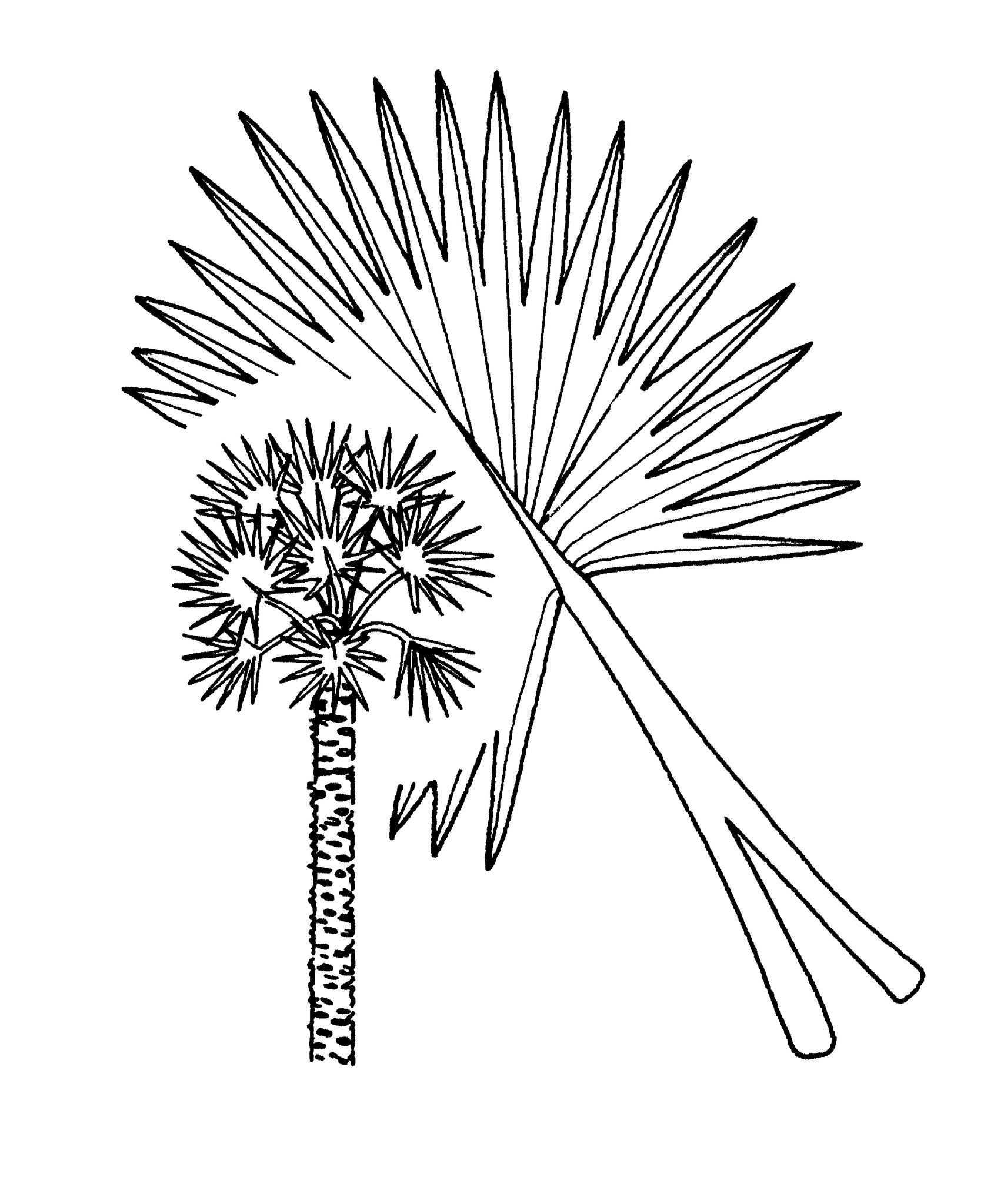
From a native name.
Large, solitary, spineless palms. Trunk woody, marked with elliptic leaf scars. Leaf bases with prominent horizontal splits at the base. Leaves midribbed (costapalmate), large, divided one third to half of the length. Leaf stalk thick, long, smooth or with a few shallow teeth. Leaflets folded, occasionally divided again at the tip. Flowers unisexual, the sexes on separate plants. Panicles arising among the leaves. Fruit oblong or broader at one end, large, blackish, 3-seeded, the seeds more or less almond-shaped.
They occur naturally in grassland and shrubland. Once common, they are now reduced to great rarity in the wild.
Widely cultivated imposing palms with large crowns. Hybridisation is frequent in cultivated plants. Grown in warm areas.
Fresh seeds take 2-4 months to germinate.
Large fan-leaved palms, the fans usually roundish and with prominent split leaf bases.
3 species endemic to the Mascarene Islands.
Bailey (1942), Moore & Guého (1984).
Source: (2005). Arecaceae. In: . Horticultural Flora of South-eastern Australia. Volume 5. Flowering plants. Monocotyledons. The identification of garden and cultivated plants. University of New South Wales Press.
